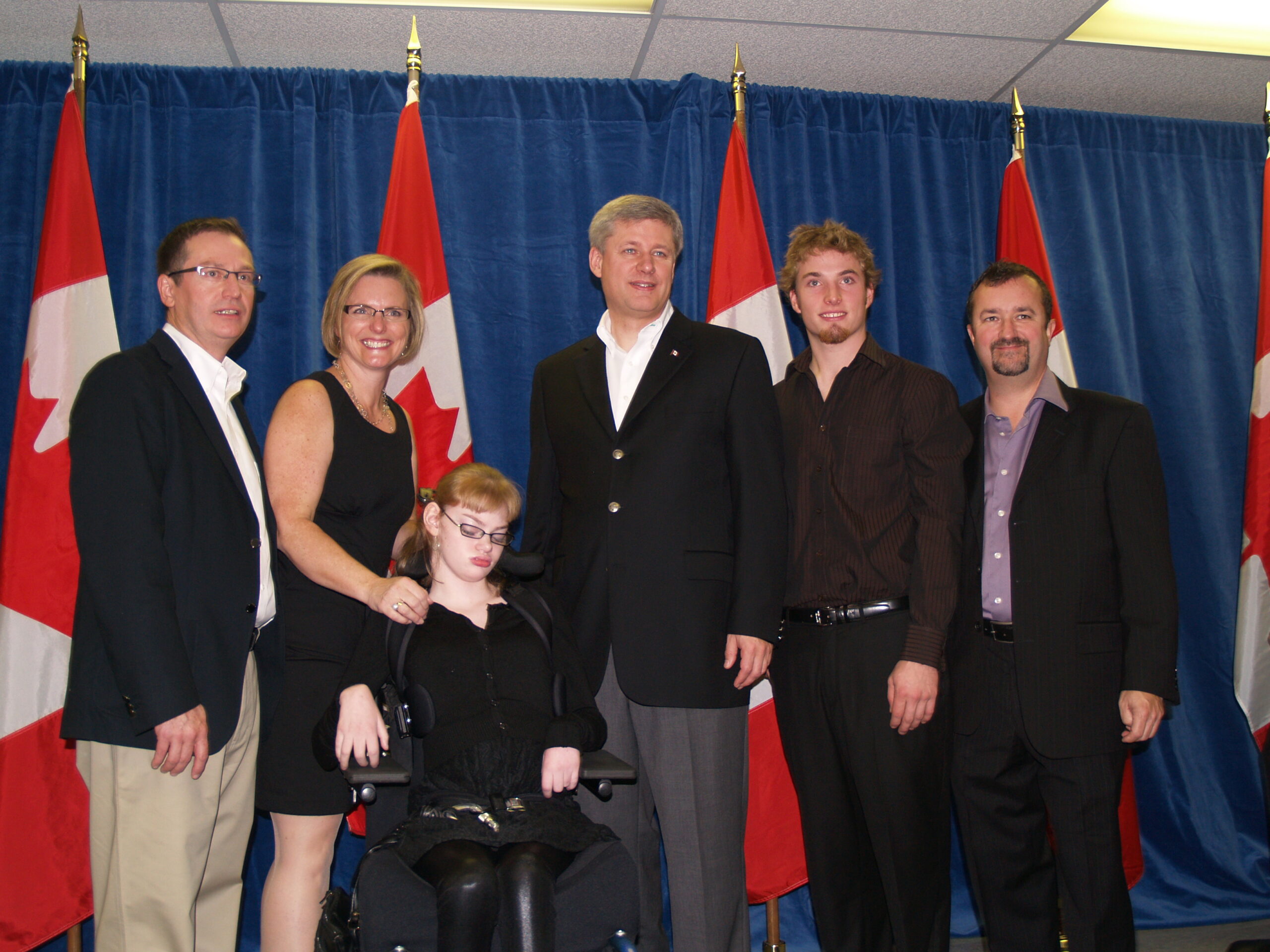
Have you ever wondered why we spend so much time talking about the Registered Disability Savings Plan (RDSP)? It’s not just because we think it is a valuable tool for people with disabilities to save for the future, but also because our involvement goes back to its roots.
The idea for the RDSP originally came from PLAN (Planned Lifetime Advocacy Network) families, back before Plan Institute was founded. The idea for the RDSP had two practical goals: first, to enable Canadians with disabilities to earn or receive income and to accumulate financial assets without penalty, clawback or disentitlement from other government benefits; and second, to access this income when they most needed it; in retirement.
After many years of advocacy, research and campaigning by PLAN families and supporters, the federal government implemented the RDSP on December 1, 2008. The Honorable Jim Flaherty, Minister of Finance, championed the RDSP concept within government. Employees in Finance Canada, Human Resources and Skills Development Canada, and Justice Canada, worked long hours at breakneck speed to make the idea a reality.
“[12] years later, it is clear that financial freedom for Canadians with disabilities makes a big difference. There is a discernible pride and confidence among those I meet across Canada who have an RDSP. They tell me how they can now dream and start controlling their destiny.” Says Al Etmanski, parent, and co-founder of PLAN and Plan institute, and one of the original RDSP organizers.
Since the inception of the RDSP, Plan Institute has carried on spreading awareness, educating people, providing free resources, and working with stakeholders and governments to further improve the RDSP and surrounding policies. Despite the launch of the RDSP in 2008, there continued to be a large proportion of eligible individuals who hadn’t opened an RDSP.
So, in 2016, Plan Institute, Disability Alliance BC (DABC), and BC Aboriginal Network on Disability Society (BCANDS) launched the Access RDSP partnership to encourage financial security via uptake of the Registered Disability Savings Plan (RDSP). With an estimated 62% of eligible British Columbians and 68% of eligible Canadians in general still missing out on an RDSP, the work was no small undertaking.
Today, the Access RDSP program continues to provide a “one-stop-shop” for all things RDSP. We offer free resources, webinars and a number of tools such as the RDSP Calculator and DTC application tool, to encourage as many people to sign up for and maximize the potential of their RDSP. Our hope is to improve accessibility, reduce barriers, and allow this great product to reach more Canadians.
Looking ahead, we believe that the RDSP has the potential to shift many people with disabilities out of poverty, but acknowledge that this is not the only tool or way to accomplish this goal. We will continue to advocate for the end of poverty for people with disabilities and to remove barriers that will allow people with disabilities to live fully inclusive and empowered lives.
To find out more about Access RDSP, click here.